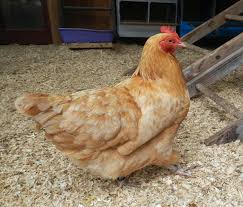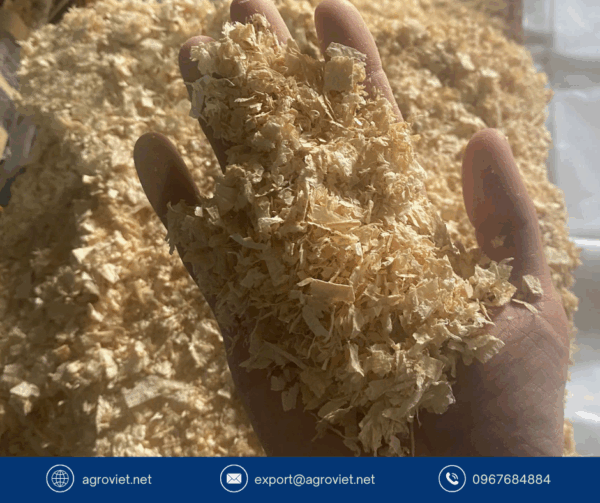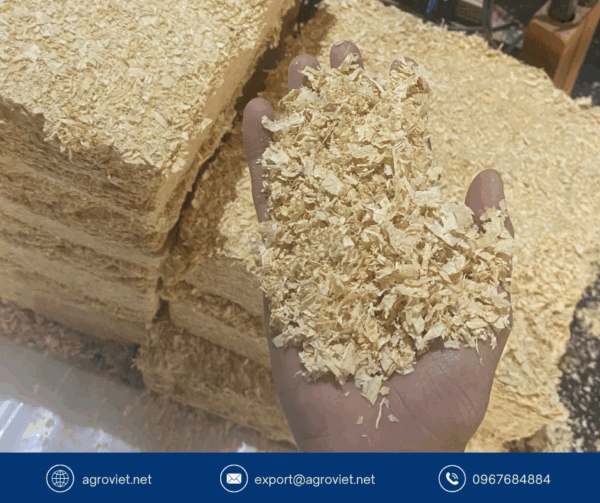5 Proven Benefits of Using Sawdust in Poultry Litter Management for Ammonia Control
Introduction to Poultry Litter Management
Poultry farming requires effective litter management to maintain healthy conditions for birds and minimize environmental impact. Litter, typically composed of materials like sawdust or wood shavings, serves as bedding in poultry houses. One critical challenge in poultry litter management is controlling ammonia levels, which can harm bird health and contribute to environmental pollution. This post explores the science behind using sawdust and wood shavings in poultry litter management, focusing on their role in ammonia control.
The Role of Sawdust in Poultry Litter
Sawdust, a byproduct of woodworking, is a common bedding material in poultry farming due to its availability and affordability. Its fine texture allows it to absorb moisture effectively, which is essential for maintaining dry litter conditions. Dry litter reduces the risk of bacterial growth and helps control ammonia production, as excess moisture accelerates ammonia release from poultry manure. Sawdust’s high surface area enhances its absorptive capacity, making it a practical choice for large-scale poultry operations.
Wood Shavings as an Alternative Bedding Material
Wood shavings, larger and coarser than sawdust, are another popular bedding option. They provide good absorbency while allowing better airflow compared to sawdust, which can compact over time. Improved airflow helps keep litter dry, reducing the conditions that promote ammonia formation. Wood shavings are often preferred in broiler production, where litter turnover is frequent, as they maintain structural integrity longer than sawdust.
Ammonia Production in Poultry Houses
Ammonia in poultry houses is produced when bacteria break down uric acid in poultry manure. High ammonia levels can cause respiratory issues, reduced growth rates, and lower egg production in birds. Effective litter management is critical to minimizing ammonia volatilization. Both sawdust and wood shavings can play a role in this process by absorbing moisture and reducing the microbial activity that drives ammonia production.
Watch this: https://www.youtube.com/watch?v=Q4q-DwnlgCI
Scientific Evidence Supporting Sawdust and Wood Shavings
Research, such as studies published on platforms like IntechOpen, highlights the efficacy of sawdust and wood shavings in ammonia control. A 2016 study found that sawdust-based litter reduced ammonia emissions by up to 30% compared to straw-based litter due to its superior moisture absorption. Wood shavings, when mixed with sawdust, can further enhance ammonia control by improving litter aeration. These findings underscore the importance of selecting appropriate bedding materials based on their physical properties.
Key Benefits of Using Sawdust and Wood Shavings
-
Moisture Absorption: Sawdust and wood shavings absorb moisture effectively, reducing the conditions that promote ammonia production.
-
Cost-Effectiveness: Both materials are widely available and inexpensive, making them viable for large-scale poultry operations.
-
Ammonia Reduction: Their ability to maintain dry litter conditions helps minimize ammonia volatilization, improving air quality.
-
Versatility: Sawdust and wood shavings can be used in various poultry systems, from broilers to layers.
-
Compostability: After use, these materials can be composted, providing an environmentally friendly disposal option.
Practical Considerations for Using Sawdust
While sawdust is effective, it has some limitations. Its fine particles can become compacted, reducing airflow and leading to wet spots in the litter. To mitigate this, poultry farmers should regularly turn or replace the litter to maintain its effectiveness. Combining sawdust with wood shavings can also improve litter performance by balancing absorbency and aeration. Additionally, the source of sawdust matters—untreated sawdust from softwoods like pine is preferred, as hardwoods or treated wood may contain chemicals harmful to birds.
Optimizing Wood Shavings for Ammonia Control
Wood shavings require less frequent replacement than sawdust due to their durability. However, their effectiveness in ammonia control depends on proper management. Farmers should ensure shavings are spread evenly to avoid clumping and monitor moisture levels regularly. Adding amendments, such as lime or commercial litter treatments, can further enhance ammonia control when using wood shavings. These amendments neutralize ammonia and reduce its release into the air.
Environmental and Health Impacts
Effective ammonia control using sawdust or wood shavings benefits both bird health and the environment. Lower ammonia levels reduce respiratory stress in poultry, leading to better growth rates and productivity. Environmentally, reducing ammonia emissions minimizes air and water pollution, as ammonia can contribute to soil acidification and eutrophication. By choosing sustainable bedding materials and implementing proper management practices, poultry farmers can achieve both economic and environmental benefits.
Best Practices for Poultry Litter Management
To maximize the benefits of sawdust and wood shavings, farmers should follow these best practices:
-
Use untreated, softwood-based sawdust or shavings to avoid chemical contamination.
-
Maintain litter depth of at least 4-6 inches to ensure adequate moisture absorption.
-
Regularly monitor and manage litter moisture levels to prevent ammonia buildup.
-
Combine sawdust with wood shavings for optimal absorbency and aeration.
-
Consider litter amendments to enhance ammonia control in high-density poultry houses.
Challenges and Limitations
Despite their benefits, sawdust and wood shavings are not without challenges. Sawdust can generate dust, which may irritate birds’ respiratory systems if not managed properly. Wood shavings, while durable, may be less absorbent than sawdust in high-moisture environments. Additionally, sourcing consistent, high-quality bedding materials can be difficult in some regions. Farmers must weigh these factors and adapt their litter management strategies to their specific operation.
Future Directions in Litter Management
Ongoing research continues to explore ways to improve litter materials for ammonia control. Innovations, such as biochar-enhanced sawdust or microbial additives, show promise in further reducing ammonia emissions. As poultry farming scales to meet global demand, sustainable litter management practices will become increasingly important. Sawdust and wood shavings, when used strategically, remain a cornerstone of these efforts.
Conclusion
Sawdust and wood shavings are effective, science-backed options for poultry litter management, particularly for ammonia control. Their ability to absorb moisture, reduce microbial activity, and improve air quality makes them valuable tools for poultry farmers. By understanding their properties and implementing best practices, farmers can optimize litter performance, enhance bird health, and reduce environmental impact. For those seeking cost-effective and sustainable solutions, sawdust and wood shavings offer a proven approach to modern poultry farming.
Read more: https://vietnambestwood.com/general/how-to-calculate-wood-shavings/
